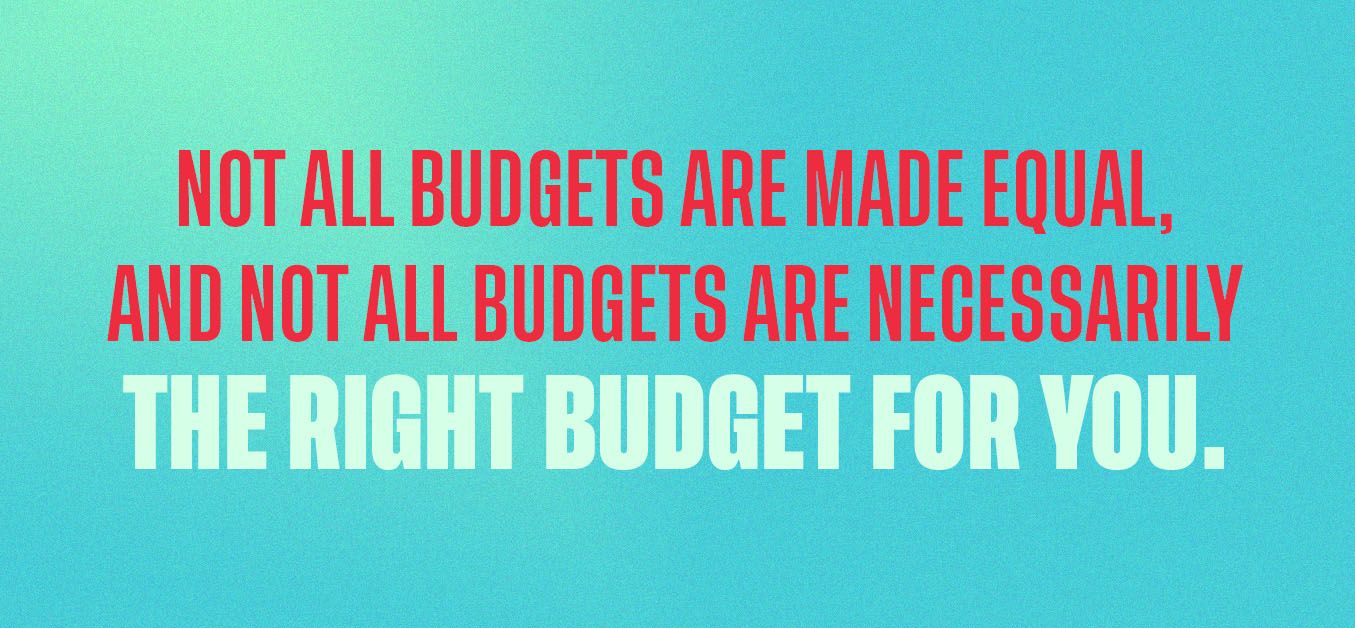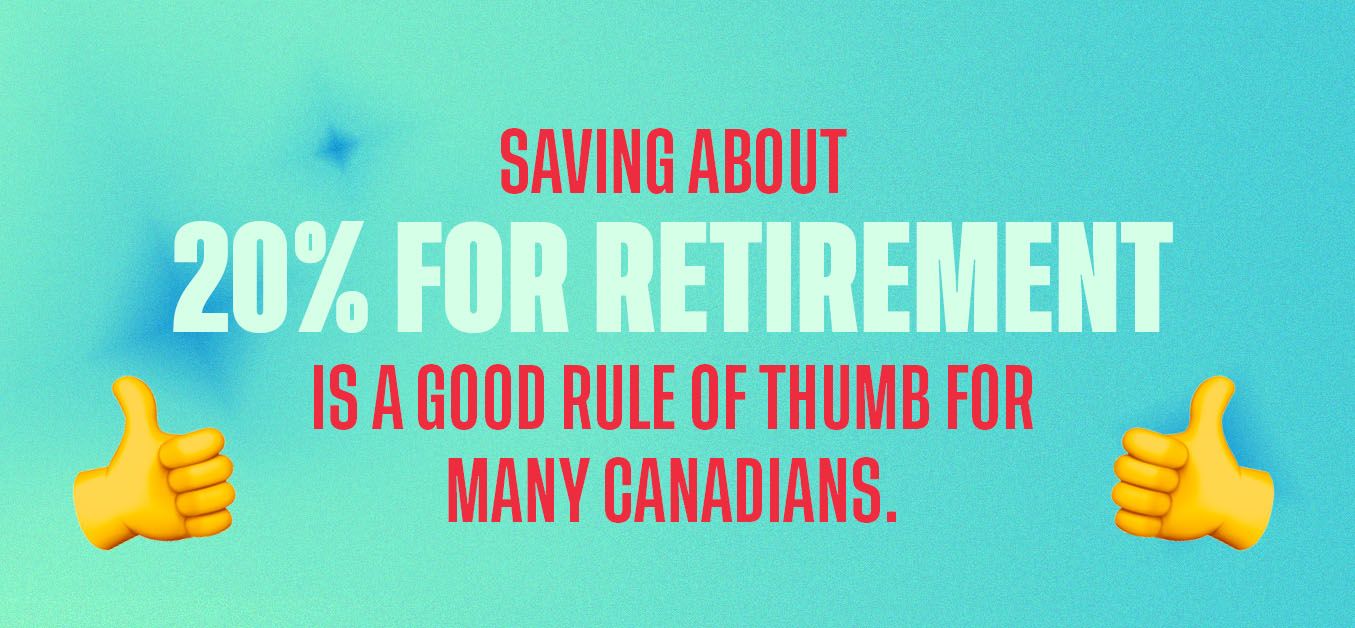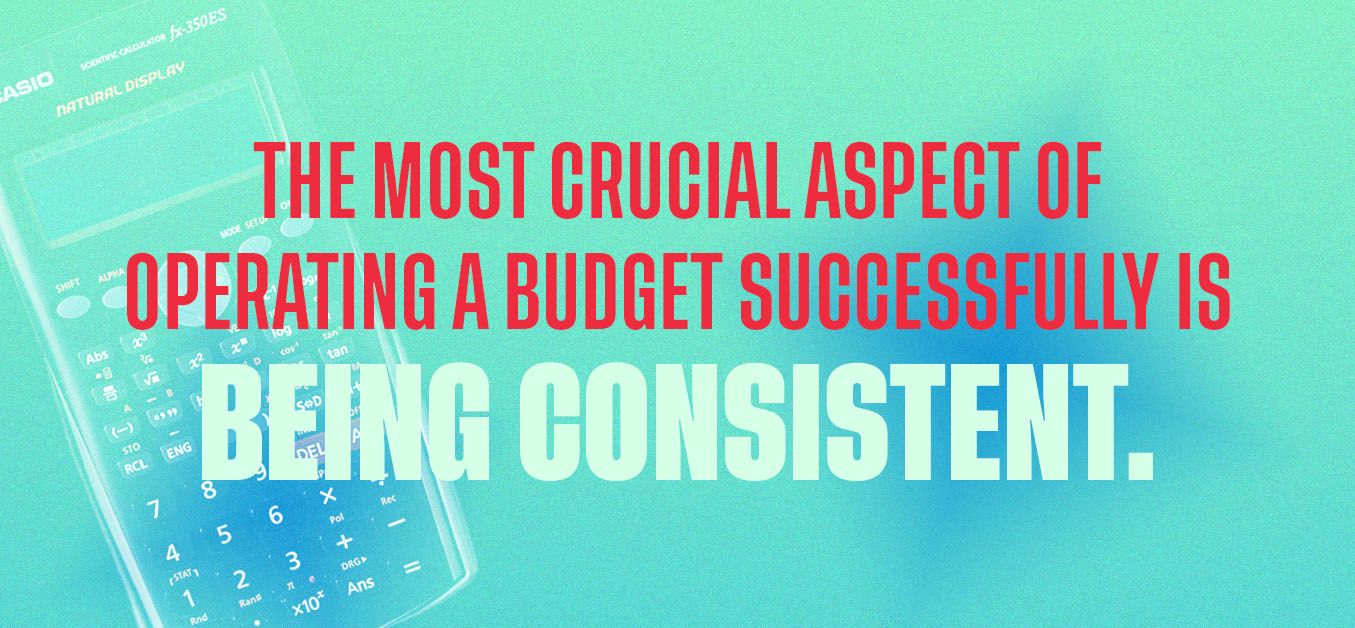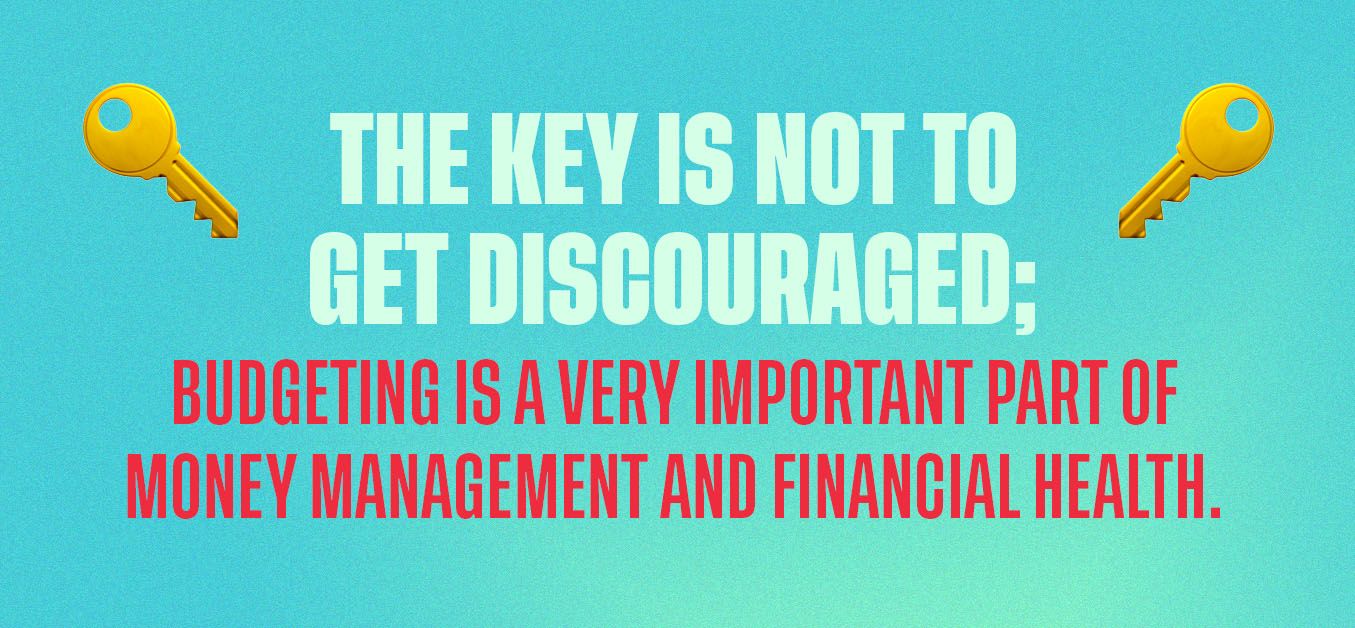3 Expert Budgeting Styles to Help You Save Money
As of 2019, only half of Canadians had—and used—a budget.¹
As of 2020, the way we use budgets was, perhaps, altered. Let’s just leave it at that.
Looking forward into 2021, as we see the light at the end of the big, dark, global tunnel, many Canadians are hoping to find rhythm, reliability, and normalcy in their finances again.
How do we know? In Canada, search terms “budget” and “how to budget” saw upticks on ye olde Google Trends, which likely reflects a desire to get back on our collective feet.

Here are three of our favourite budgets meant to encourage financial agility and awareness, reduce financial stress, and to save you money.
1. 50/30/20
If you’re a regular around here, you’ve seen us write at length about the 50/30/20 Budget. It’s kind of our go-to. This budget is a ratio-based budget, which is intended to let you stress less about individual purchases and line items in favour of maintaining a still vigilant but broader view of your budget.
To use this budget, determine your net income. Next, allocate 50% to your “needs” (fixed costs, like rent and food); 30% to your “wants” (like new gadgets or weekend trips); and 20% to your “goals” (like retirement, long term savings, down payments, and bigger vacations).
Folks are successful using this budget when they’ve got good discipline to not overspend. For those of us that just need a guideline to set us on the right path, the 50/30/20 Budget is a great option. It’s adaptable (budgets should be flexible because life is unpredictable!) but helps you maintain visibility on your spending and saving habits.

2. “Cash” Only Budgets
Cash only budgets are what they sound like: after a paycheque, you withdraw a fixed amount of cash for a specific purpose (you could even use the 50/30/20 Rule to determine this amount). When you’ve spent that cash, you’re done for the month.
This is a good strategy for folks with a tendency to overspend on things like groceries or more frivolous “wants”.
In the old days, this budget was executed with paper money and an envelope. Money goes into an envelope, cash is used for relevant purchases. But this is spooky on two levels.
Number one: we don’t want to risk losing a wad of cash that we carry around in an envelope. Number two: cash is germy and inconvenient, and increasingly irrelevant in a contactless world.
Luckily, we have a solution to these problems for a smoother and more reliable “cash” only budget. We created MogoSpend, with the MogoCard, to replace cash in this budget.
When you receive a paycheque, load a fixed amount of cash onto your MogoCard. Every time you purchase groceries, for example, on your MogoCard, we’ll send you a little notification that reminds you of your remaining balance.

The second most crucial aspect is visibility. When you’re always aware of your remaining balance, it’s unlikely you’ll overspend. And if you do overspend—well, you can’t, because it’s a preloaded card.
That solves that! It’s a cash-free cash only budget to keep you on track. We recommend trying the MogoCard cash only budget for things like daily spending money (if you love coffee shops like we do, you know this pain), weekly grocery budgets, or monthly “wants”.
3. Zero-Based Budget
A zero-based budget is similar to a cash only budget in that you begin with a balance and work down to zero. But this budget is great for saving money, and can serve a much larger scope.
When you receive your paycheque, you divide up and “spend” out of that amount until you reach zero. You’ll reach zero—ideally—when you get paid again.
But what are the mechanics of this budget? And what about how to save money? The zero-based budget “gives every dollar a job.” The goal of the budget is to allocate every last dollar and cent in a specific way.
Use something like the 50/30/20 Rule to allocate how much of your net income should go where; then, start putting your dollars to work.
If you make $1000 (we like round numbers because we have smol, smooth brains), $500 would be set aside for rent, groceries, and bills. $300 would drop into a short term savings account for easy withdrawal and spending on your “wants”. The remaining $200 would be slotted right into your savings, for example.
At the end of the pay period, if you’ve used your budget perfectly, you’ll be left with $0 in your account (but with a growing savings balance).
Improve Your Budgeting with MogoSpend
Every person is different, and every budget is different. What works for your pal might not work for you.

This is why we created MogoSpend and the MogoCard. You might find that a zero-based budget is way too granular for you, or that the 50/30/20 Rule doesn’t give you enough specifics.
But a preloaded card that comes with notifications (and bonus tips!) to help you maintain visibility and manage your money, all for free? That’s a tool most people will find use in. And we love that. It’s a money management app designed to make you a millionaire (seriously).
(As a bonus, for every dollar you spend using MogoCard, we’re able to buy carbon offsets to reduce the impact of future emissions. We’ve got friends in the Amazon Rainforest. Yeah, it’s pretty cool.)
If you're looking to learn more about Mogo & the different budgeting tips, see below!
- 50/30/20 Budget - Learn more about this budgeting style and if it works for you
- Carbon Offsets - Don't know what carbon offsets are? Read our article to learn why they're important and how Mogo is helping
- MogoCard - Check out our MogoCard to start budgeting with Mogo!
Cited
1 Canada, Financial Consumer Agency of. “Canadians and Their Money: Key Findings from the 2019 Canadian Financial Capability Survey.” Research. aem, May 29, 2020. https://www.canada.ca/en/financial-consumer-agency/programs/research/canadian-financial-capability-survey-2019.html.